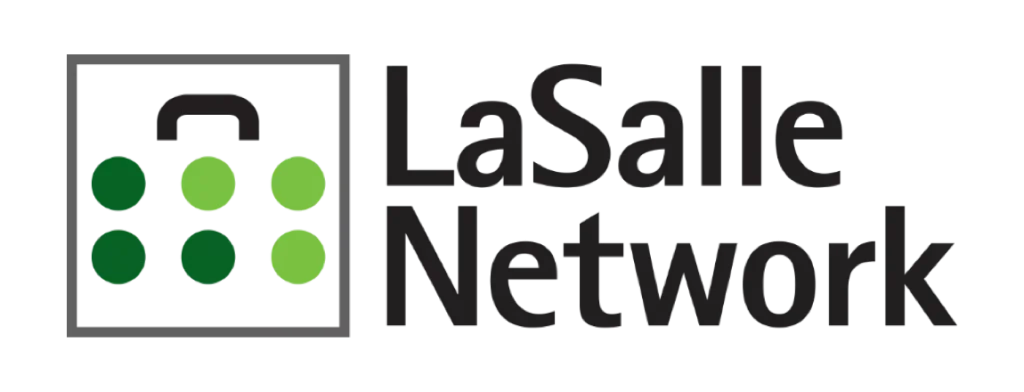As a job seeker, you do your research and plan ahead how to answer common questions many hiring managers ask like, “What’s your biggest strength?” or “Why do you want to work here?”
But then your in an interview and the interviewer asks: “How many piano tuners are there in New York?” Or…
- “How many ping pong balls could you fit in a 747 jet?”
- “How would you fit a giraffe into a refrigerator?”
- “Describe the Internet to someone who just woke up from a 30-year nap.”
These types of questions are sometimes called Fermi questions, named after the Nobel Prize-winning physicist, Enrico Fermi, who was famous for his ability to solve seemingly impossible estimation questions. Big companies like Google and Microsoft are famous for asking questions like the ones above, and many companies have followed suit.
These brainteasers are designed to test your problem-solving skills, reveal your thought process, and gauge how you react when someone throws a curveball.
No amount of research can prepare you for counting piano tuners or pricing out the value of a dinosaur…but there are strategies you can use to successfully tackle these questions, and how to answer them:
1. Don’t panic
One of the worst things you can do is to stare at the interviewer blankly, or say, “I don’t know.” The question may sound ridiculous, but freezing up won’t help you. It’s better to make your best attempt at answering the question, even if you don’t know how to answer it.
2. Start making assumptions
Many Fermi questions and brainteasers require some basic assumptions before you can reach a final answer. For example, in order to determine how many ping pong balls you could fit in a plane, you have to guess at how big a 747 plane and a ping pong ball are.
While these estimates don’t have to be perfect, they should be within a reasonable range: it’s safe to say planes are more than 5 feet long, for example, and they’re not 70 feet across.
3. Ask (some) clarifying questions
Before you walk through your answer, it’s okay to ask some clarifying questions to ensure you’re approaching the problem correctly. But, don’t get too caught up on the fine print; it could seem like you’re stalling if you ask too many questions before you answer. Make sure you understand the question, and then dive in!
4. Talk through your thought process
Explain exactly how you would approach the problem: what steps would you take, and in what order? What facts do you need to know, and how would you find them? Be detailed about your process; don’t assume the interviewer knows what you’re thinking.
5. …but don’t over-complicate things
Interviewers probably don’t want to know the color of the ping pong balls or when the plane is taking off. Avoid getting caught up in the irrelevant details, and try not to make more work for yourself. Focus instead on the steps that will help you reach a final answer.
Speaking of which…
6. Don’t worry about your final answer
It sounds counter-intuitive, but ultimately the interviewer doesn’t care if you know exactly how many piano tuners there are in New York. Make no mistake: you should always deliver an actual answer, but don’t worry if you’re off. The interviewer is mostly curious about how you reached your answer.





